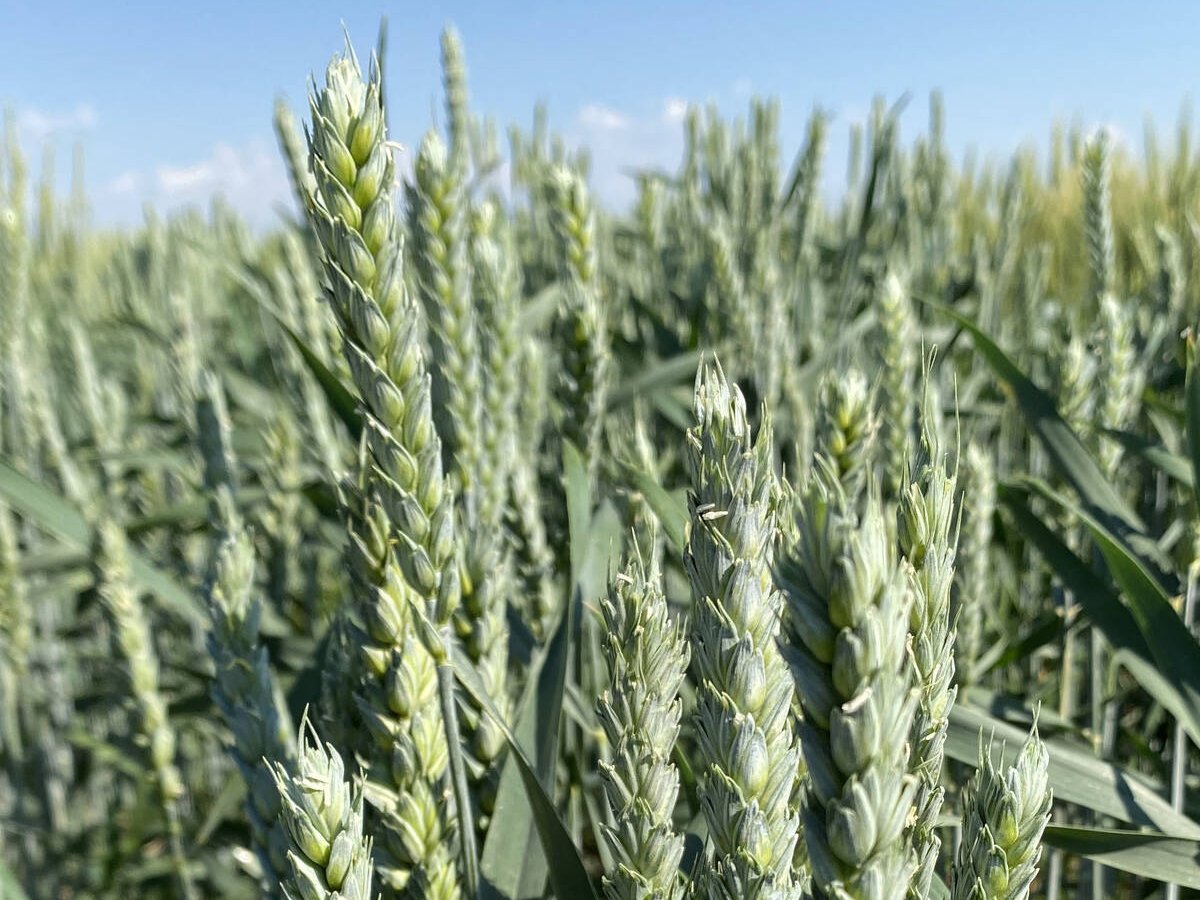Speculation and debate over the roaming habits of a herd of wild elk criss-crossing the border between Saskatchewan and Manitoba continues this week.
The Manitoba government set a trap on its side of the border to capture a portion of the herd to sell to ranchers under its new elk ranching program.
The move has been blasted by the Saskatchewan Wildlife Federation, which is not only opposed to elk farming, but upset that Manitoba would lure Saskatchewan animals into its clutches to put behind a fence.
Read Also

Discovery promises big wheat yield gain
University of Maryland researchers have discovered a gene that produces three grains per wheat floret instead of the usual one.
“If the trap hadn’t been there they wouldn’t have been lured over there and now they’ll be on a game farm and that’s what bothers me, taking animals out of the wild and putting them on the game farm,” said Joyce Lorenz, president of the 28,000-member federation.
But a spokesperson with the Manitoba natural resources department said Lorenz has the story backwards.
“We didn’t have to lure those elk there. The reason we put the trap there is that they were already there,” said Bob Woolley, regional director for the department.
The trap went up in the Swan River Valley location because a farmer in the area complained wild elk were eating his bales.
“I’m sure he didn’t invite us on his land just for the sake of our company,” Woolley said.
Maybe not for the company, but Lorenz said it could be because of money. Manitoba has a program to capture 750 elk in the next five years to sell to ranchers, in efforts to get the elk industry up and running. Any landowner who lets the province set up a trap on their land receives $500 per elk captured.
If they trap the elk themselves, $600 is paid.
“Money talks and that worries me, because once money talks, then our resources are going down the tubes and that’s the part that concerns us,” Lorenz said.
“It’s depleting the resources out there and the more you do that, the more you get hunt farms. We don’t consider that proper ethics.”
Glen Cummings, Manitoba minister of natural resources, said the issue is being blown out of proportion.
“I can assure you our success rate has not been so great for either Manitoba or Saskatchewan elk out there.”
Nine elk have been trapped from a herd of 80 to100 animals.
“We could have been more sensitive about where we located it,” Cummings said. “We’re not looking to poach Saskatchewan elk. They don’t need to worry.”
Traps were to be removed March 10. Cummings said he wouldn’t remove them before then, but won’t likely put any traps back there.
Lorenz rejected suggestions made last week that the Saskatchewan Wildlife Federation planned to sabotage the trap, but said members did put hay on their side of the border to keep the elk on Saskatchewan land.
More time in Saskatchewan
She claims the herd spends about 80 percent of its time in Saskatchewan and the rest in Manitoba.
“You can see where they’ve been feeding and where their trails are,” she said. But Woolley disagrees.
“They do a lot of their feeding in Manitoba and on a particular individual’s land,” he said.














